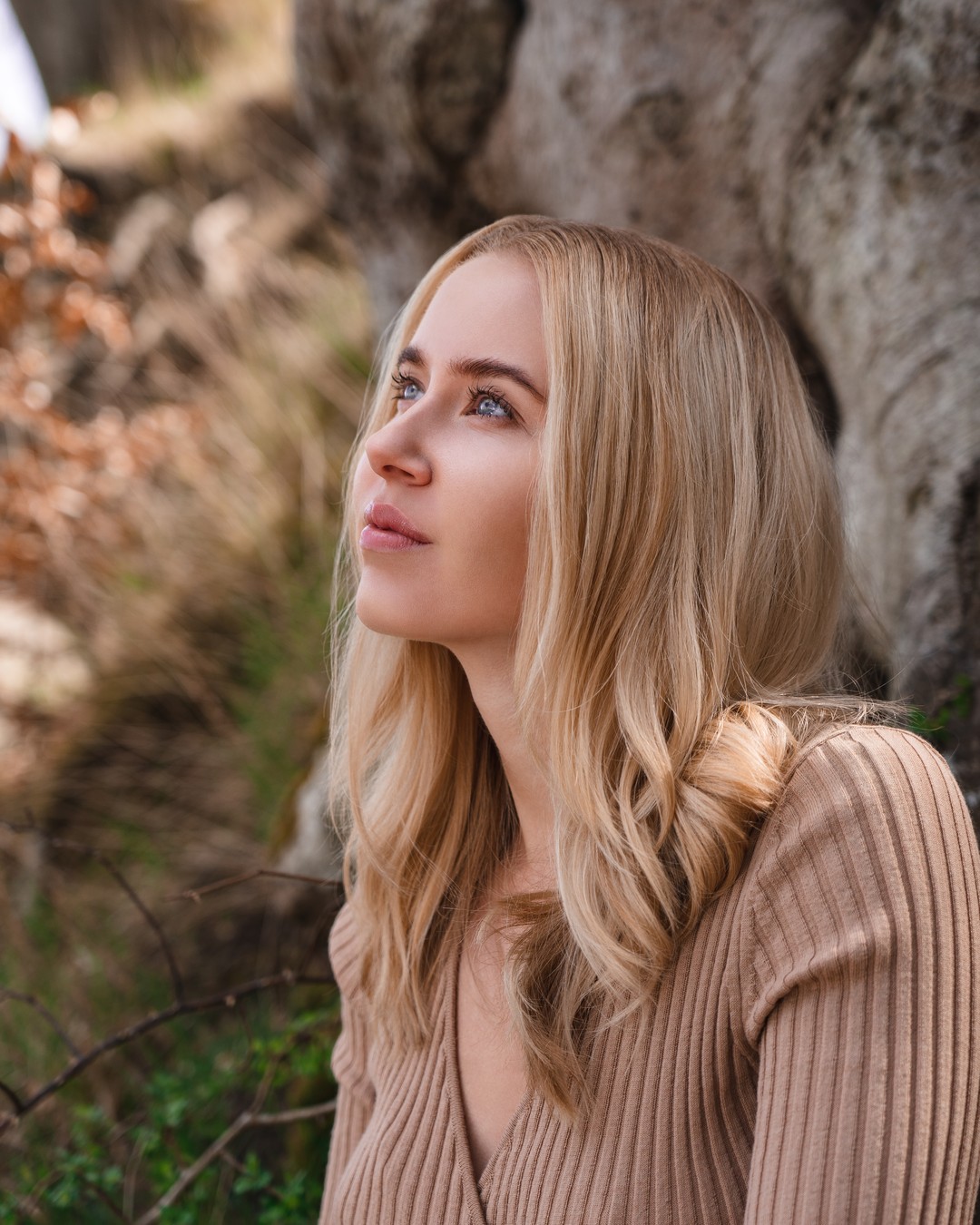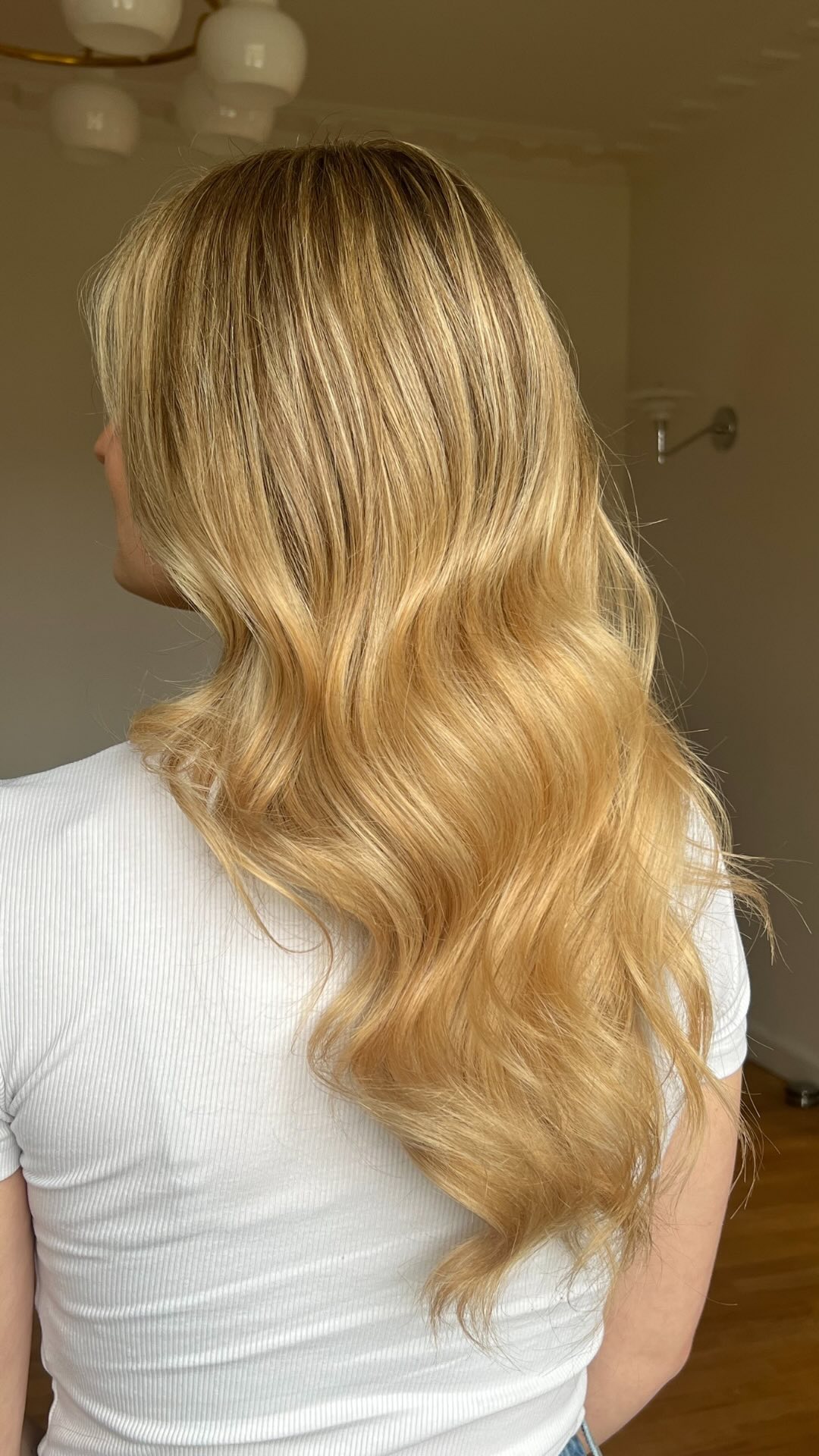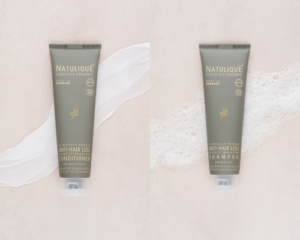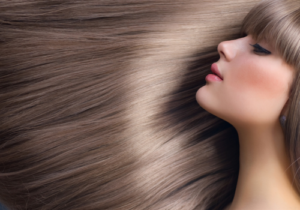Introduction
Sensitive hair requires special attention, especially when it comes to choosing the right color. The right product can make all the difference, avoiding adverse reactions and preserving the health of your hair. In this article, we explore the characteristics of sensitive hair and the importance of choosing the right hair color. Discover the signs of hair sensitivity and the possible consequences of incorrect coloring.
What is hair sensitivity?
Understanding signs and causes
Sensitive hair is often the result of a reactive scalp, easily irritated by the chemical agents present in many hair products. Signs of sensitivity include itching, redness and even flaking. The causes can be varied: genetic factors, previous aggressive chemical treatments, or simply a reaction to certain ingredients present in hair colorants. Identifying these symptoms is essential to choosing the right products and avoiding further damage to the hair.
The importance of choosing the right color for sensitive hair
The consequences of poor color
Inappropriate coloring can lead to allergic reactions, scalp irritation and permanent hair damage. For people with sensitive hair, it's crucial to opt for products designed to minimize irritation and maximize hair care. Incorrect coloring can not only cause immediate discomfort, but also long-term damage, such as brittle, fragile hair that rapidly loses its shine.
Types of coloring for sensitive hair
Semi-permanent colorations
Semi-permanent colorations are often recommended for sensitive hair, as they do not involve an aggressive oxidation process. They simply coat the hair fiber with a film of color without penetrating it, minimizing the risk of scalp irritation.
Advantages and disadvantages
- Advantages : Semi-permanent colorations are gentle and ammonia-free, making them suitable for sensitive scalps. They also offer remarkable shine and allow color changes without long-term commitment.
- Disadvantages : Their main drawback is their limited durability. Semi-permanent colorations generally fade after a few shampoos, requiring frequent touch-ups to maintain the desired color.
Plant-based colorants
Botanical hair dyes take advantage of the natural coloring properties of certain plants. For example, henna is a plant widely used to dye hair naturally. These colorants are particularly popular with those seeking natural, hypoallergenic solutions.
Advantages and disadvantages
- Advantages : Botanical colorants are free from harsh chemicals and therefore less likely to cause allergic reactions. Enriched with natural nutrients, they can also strengthen and enhance hair shine.
- Disadvantages : They offer less choice in terms of shades and may not completely cover white hair. What's more, preparation and application can be more time-consuming and complex than traditional colorants.
Ammonia-free colorants
Ammonia-free coloring is another viable option for sensitive hair. The absence of ammonia, an alkaline agent often used to open the hair cuticle, reduces stress on the scalp and limits the risk of irritation.
Advantages and disadvantages
- Advantages : These colorants help preserve hair integrity while providing effective coverage for gray hair. They leave hair softer and more moisturized after coloring.
- Disadvantages : These products may not offer the same intensity of color and may require a longer application time to achieve the desired results.
When considering these different coloring options, it's vital to take into account the specific needs of your sensitive hair. Each method offers unique advantages, but also potential disadvantages that need to be assessed in relation to your expectations and the reactivity of your scalp. Careful analysis of these aspects will help you make an informed choice and protect your hair's health.
See also: Brewer's yeast: an ally against hair loss?
"`html
Tips for using colorants on sensitive hair
Test color before full application
Pre-testing is essential for people with sensitive hair. This is to determine whether the chosen color causes any adverse reactions on the scalp. We recommend always testing a small amount of product before applying it to the entire head of hair.
How and where to perform a sensitivity test
To perform a sensitivity test, apply a small amount of the coloring solution behind the ear or on the inside of the wrist. Wait 24 to 48 hours to observe any reaction, such as redness, itching or swelling. If a reaction occurs, it is advisable not to use the product and to consult a professional for a more suitable alternative.
Preparing hair for coloring
Preparing hair for coloring is an essential step, especially for sensitive hair. This preparation aims to protect and strengthen the hair and scalp, minimizing the risk of irritation and damage.
Recommended products for preparation
- Nourishing oils : Apply a nourishing hair oil to your hair a few days before coloring. Oils such as argan oil or coconut oil can deeply moisturize hair fibers and create a protective barrier.
- Gentle shampoos : Use a mild, sulfate-free shampoo to cleanse your hair before coloring. This ensures that your hair and scalp are free of residues, but not devoid of essential natural oils.
- Moisturizing masks : A moisturizing mask applied before coloring can help strengthen hair structure, making it less likely to break under the effect of chemical treatment.
Post-color care
After coloring, it's crucial to adopt a proper care routine to preserve color and maintain the health of sensitive hair. This will help prevent irritation and prolong color life.
Tips for maintaining color and caring for hair
- Use specific products for color-treated hair: Opt for shampoos and conditioners specially formulated for color-treated hair. These products help preserve color vibrancy and moisturize hair.
- Regular hydration: Incorporate moisturizing treatments such as masks and serums into your weekly routine to ensure hair stays nourished and soft. Keratin-based treatments can also strengthen hair and improve texture.
- Avoid excessive exposure to heat: Reduce the use of heated tools such as hair dryers and straightening irons, or always use a heat protector before use to prevent dryness and brittleness.
- UV protection : UV rays can quickly fade color. Use products with UV filters or wear a hat if you're going to be in the sun for an extended period of time.
Alternative options for sensitive hair
Use of natural products for coloring
For people with sensitive hair, turning to natural products can be an excellent alternative to traditional solutions. Not only are these products less likely to cause irritation, they also offer an eco-friendly option for those seeking a more environmentally-friendly approach.
Effective methods and how to apply them
Among the most popular natural methods is the use of coffee, black tea or chamomile to accentuate or subtly modify hair color. To apply these solutions, simply prepare concentrated infusions of these ingredients and apply directly to clean, damp hair. Leave in for 30 to 60 minutes, then rinse thoroughly. This method produces subtle highlights and enhances hair's natural shine without the risk of irritation.
The trends
In the field of coloring for sensitive hair, several trends are emerging, focusing on gentler, more natural approaches. For example, Ayurvedic powders such as indigo or amla are gaining in popularity for their hair care benefits. These powders are often mixed with warm water to form a paste which is then applied like conventional hair color. These products offer both gentle coloring and nourishing properties.
FAQ
What are the main precautions to take before coloring sensitive hair?
It's crucial to carry out a sensitivity test, prepare your hair with the right care products, and choose products specially designed for sensitive hair.
Are ammonia-free colorants really safe for sensitive hair?
Yes, they're generally less aggressive on the scalp, as they don't open the hair cuticle as intensely as ammonia-containing formulas.
Are natural coloring products effective for covering gray hair?
Although natural products can provide light highlights, they may not offer the full coverage on gray hair that chemical colorants do.
How do I maintain my color between applications to avoid premature fading?
Use color-treated hair care products, avoid prolonged exposure to the sun, and limit the use of heated tools that can dull color.
Can vegetable colorants be used frequently without damaging the hair?
Yes, vegetable dyes are generally gentle and can be used regularly without causing damage to hair fibers. However, it is important to follow the specific instructions for each product.
“`





